Wildfires and hurricanes are increasing at an alarming rate, causing devastation across the world. Climate change, deforestation, and human activities are fueling these disasters. The rising frequency and intensity of these natural calamities have left scientists and environmentalists deeply concerned.
This article explores the reasons behind the increase in wildfires and hurricanes, their impact, and what can be done to mitigate these disasters.
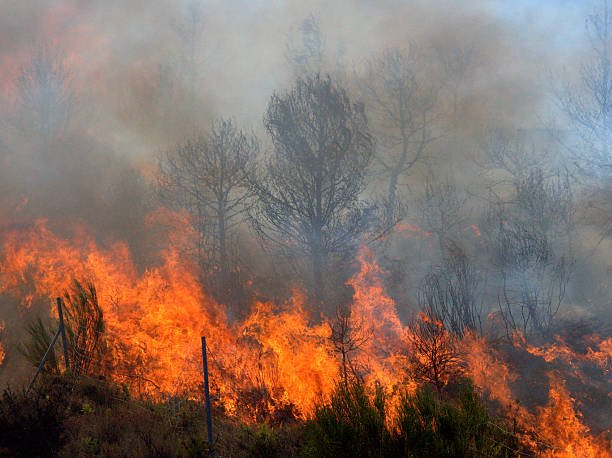
1. The Alarming Increase in Wildfires
1.1 Why Are Wildfires Becoming More Common?
Wildfires have become more frequent and intense due to a variety of factors, including:
- Climate Change: Rising temperatures dry out vegetation, making it more flammable.
- Deforestation: Cutting down trees reduces moisture in the environment, making wildfires spread faster.
- Human Activities: Campfires, discarded cigarettes, and fireworks have been responsible for several wildfires.
- Lightning Strikes: With increased global warming, thunderstorms have become more intense, leading to more lightning-triggered fires.
1.2 The Deadliest Wildfires in Recent History
Wildfires have caused immense destruction in the past few years. Some of the most devastating fires include:
- Amazon Rainforest Fires (2019-2020): The “lungs of the Earth” suffered massive damage, releasing huge amounts of carbon dioxide.
- California Wildfires (2020-2023): The state has seen record-breaking fires, displacing thousands of people.
- Australian Bushfires (2019-2020): Also known as the “Black Summer,” these fires burned millions of hectares and killed billions of animals.
1.3 Effects of Wildfires
- Loss of Forests & Wildlife: Millions of trees and wildlife species are destroyed.
- Air Pollution: Thick smoke causes respiratory issues and contributes to climate change.
- Property Damage: Homes, farmlands, and businesses suffer huge financial losses.
- Water Contamination: Ash and debris pollute rivers and lakes, affecting drinking water.
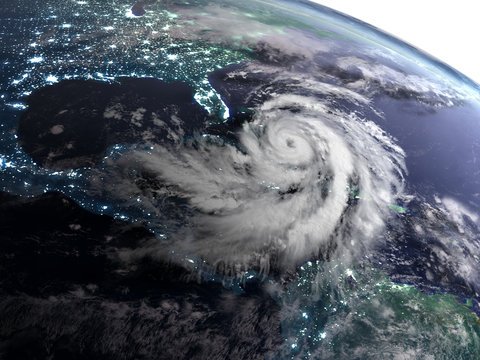
2. The Growing Danger of Hurricanes
2.1 Why Are Hurricanes Becoming More Intense?
Hurricanes are becoming stronger and more destructive due to:
- Warmer Ocean Temperatures: Warm water fuels hurricanes, making them more powerful.
- Rising Sea Levels: Higher sea levels make storm surges more dangerous, leading to severe flooding.
- Stronger Winds: Climate change increases wind speeds, making hurricanes deadlier.
- Slower Storm Movement: Recent hurricanes have been moving more slowly, leading to prolonged destruction in affected areas.
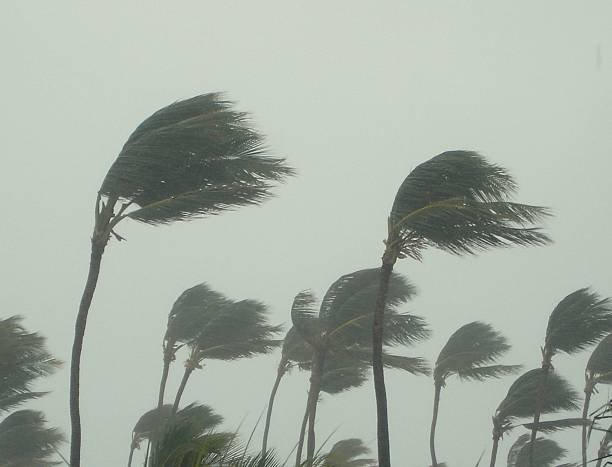
2.2 The Most Destructive Hurricanes in Recent Years
Several hurricanes have caused catastrophic damage worldwide:
- Hurricane Katrina (2005): One of the deadliest hurricanes in U.S. history, leading to over 1,800 deaths.
- Hurricane Harvey (2017): Caused massive flooding in Texas, displacing thousands.
- Hurricane Maria (2017): Devastated Puerto Rico, leaving millions without power and water.
- Hurricane Ian (2022): One of the costliest hurricanes, causing over $100 billion in damages.
2.3 Effects of Hurricanes
- Massive Flooding: Rising sea levels make floods more dangerous, washing away entire communities.
- Power Outages: Hurricanes destroy power grids, leaving millions in darkness for weeks.
- Loss of Life: Thousands of people die or are displaced due to extreme storms.
- Economic Losses: Billions of dollars are spent on relief efforts and rebuilding cities.
3. Climate Change: The Biggest Culprit
Both wildfires and hurricanes have one common cause: climate change. Global warming has created extreme weather conditions, making natural disasters more frequent and intense.
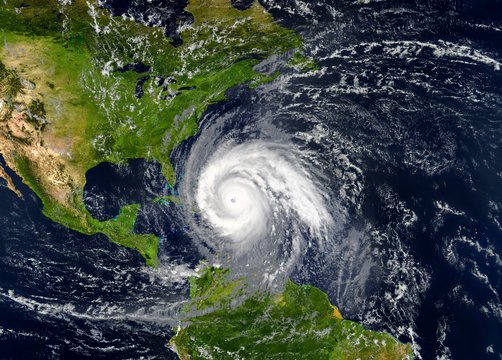
3.1 How Climate Change Fuels Wildfires and Hurricanes
- Rising Temperatures: Hotter weather leads to drier conditions, increasing fire risks.
- Melting Ice Caps: More water in the ocean leads to stronger and more frequent hurricanes.
- Disrupted Weather Patterns: Climate change affects wind patterns, making storms unpredictable.
- Carbon Emissions: Increased CO2 in the atmosphere intensifies both wildfires and hurricanes.
3.2 Human Contributions to Climate Change
- Deforestation: Fewer trees mean less carbon absorption, worsening global warming.
- Fossil Fuel Use: Cars, factories, and power plants release harmful greenhouse gases.
- Pollution: Plastics and waste contribute to environmental degradation.
- Industrial Agriculture: Large-scale farming emits methane, a powerful greenhouse gas.
4. Additional Environmental Concerns Related to Natural Disasters
4.1 The Connection Between Droughts and Wildfires
- Prolonged droughts make forests and grasslands more susceptible to wildfires.
- Climate change has increased the severity and frequency of droughts worldwide.
- Water shortages during droughts make firefighting efforts more challenging.
4.2 The Role of Hurricanes in Coastal Erosion
- Strong hurricanes lead to loss of beaches and coastal ecosystems.
- Rising sea levels worsen the damage, making coastal areas uninhabitable.
- Destruction of coral reefs, which protect coastlines from storm surges.
4.3 The Impact on Agriculture and Food Supply
- Crops are destroyed by hurricanes and wildfires, leading to food shortages.
- Severe weather disrupts supply chains, raising food prices.
- Livestock deaths from extreme heat and flooding impact meat and dairy production.
5. What Can Be Done to Prevent Disasters?
5.1 Steps Governments Should Take
- Stronger Environmental Policies: Strict laws against deforestation and carbon emissions.
- Better Disaster Management: Investing in early warning systems and emergency response.
- Sustainable Urban Planning: Avoiding construction in high-risk areas.
- Funding for Renewable Energy: Shifting from fossil fuels to solar and wind energy.
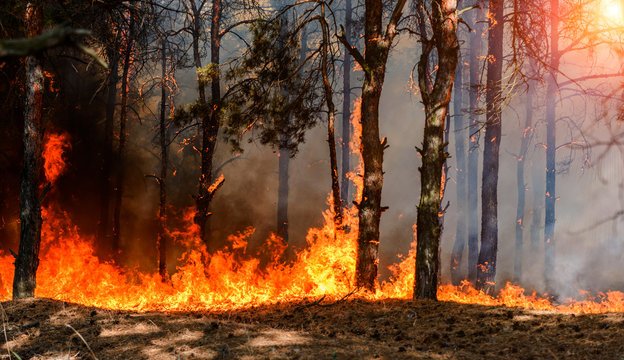
5.2 Steps Individuals Can Take
- Reduce Carbon Footprint: Use public transport, save electricity, and recycle.
- Plant More Trees: Helps absorb carbon dioxide and provides natural cooling.
- Educate Others: Spreading awareness about climate change and disaster preparedness.
- Support Sustainable Brands: Choose eco-friendly products to reduce environmental impact.
5.3 Role of Technology in Prevention
- AI & Satellite Monitoring: Helps predict wildfires and hurricanes in advance.
- Drones & Robotics: Used for firefighting and post-disaster relief.
- Renewable Energy Innovations: Advances in solar and wind energy can replace fossil fuels.
- Smart Water Management: Prevents droughts and wildfires by efficient water usage.
6. Conclusion: A Call to Action
Wildfires and hurricanes are no longer rare occurrences—they are becoming part of our daily reality. If we do not take urgent action, the damage will only worsen. Governments, industries, and individuals must come together to fight climate change and protect our planet.
It is time to act now before nature’s fury becomes unstoppable. The future of our planet is in our hands.
Tallow Cream in Skincare: The Ancient Secret to Healthy, Glowing Skin





